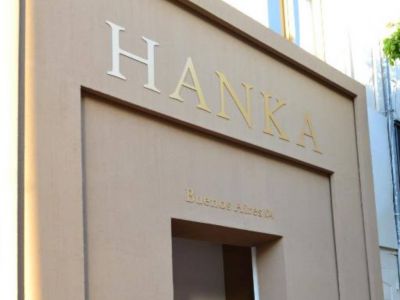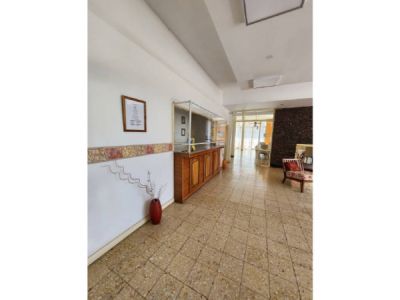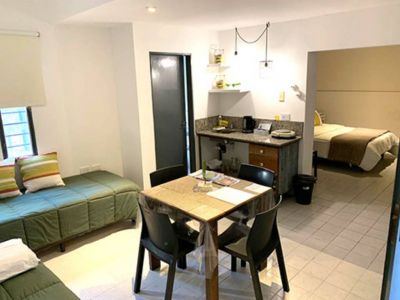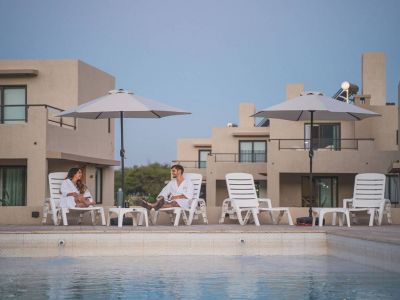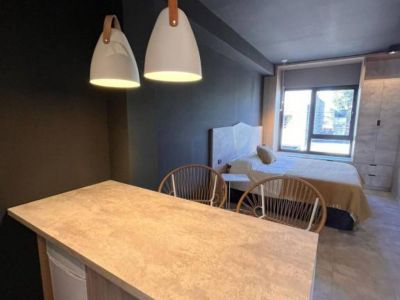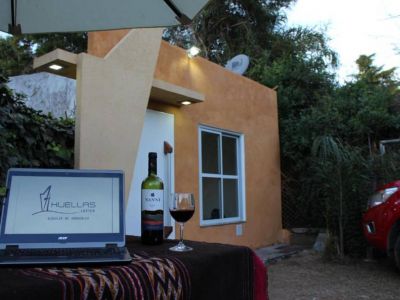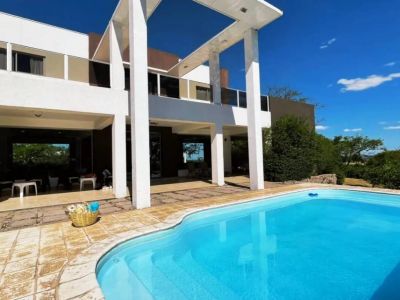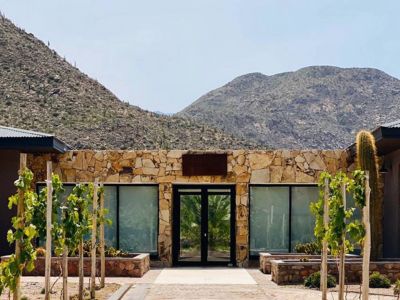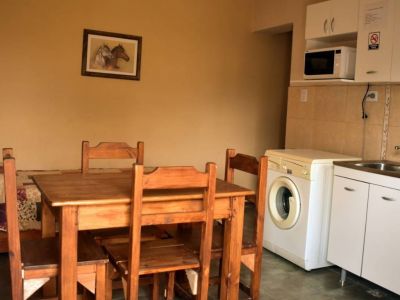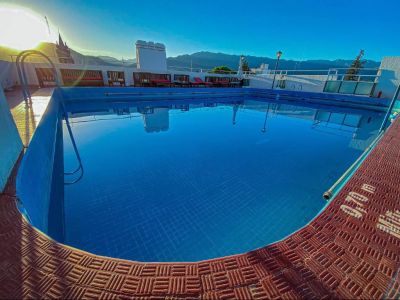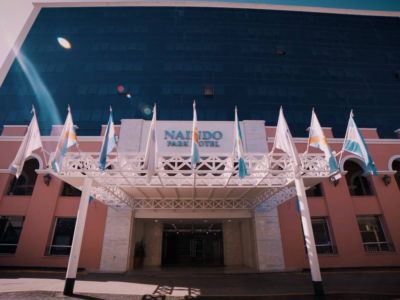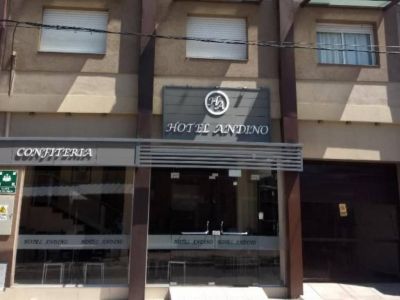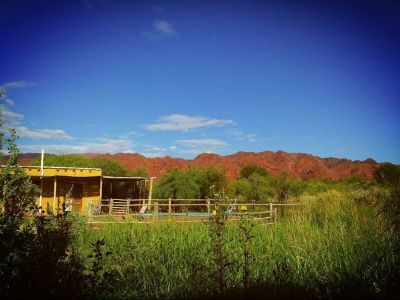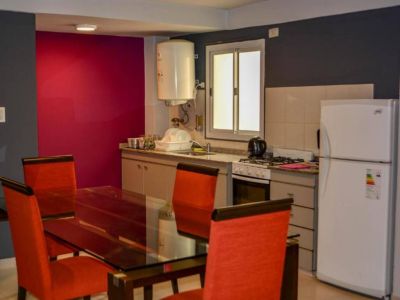A City to be Discovered
The City of La Rioja opens its doors to show its charm and memorable buildings, parks and churches.
Past and modern times have been able to blend in the streets of La Rioja. This city with the soul of a town keeps the typical perfume of the orange blossoms surrounding the main square. Touring around is something that every visitor should do. The history of its most memorable and important buildings can be found in its streets. Organized as a checkerboard, the tour should begin at 25 de Mayo Square, epicenter of the city, where we found the most remarkable buildings of this Cuyo capital. In one of the corners opposite the square there lies the Government House, which was built during the administration of Eduardo Fernández Valdez and opened in 1937. It features an adapted Greek Roman style with hall and gallery courtyards. There are paintings of the governors of the province inside its rooms.
On the other side of the square is the famous Social Club, formerly used as Escuela de Aplicación for men. All kinds of exhibitions are presented there and its façade is a classic shape in the city. The front of the building keeps Italian characteristics and its gallery facing the square invites everyone to rest and to share a table. Also, opposite the square there lies the Minor Basilica of San Nicolás de Bari, dating from the XX century. Juan Bautista Arnaldo, an architect from Geneva, was in charge of the construction. It was built in Bizantine style, the central nave has a sanctuary for San Nicolás de Bari. In its atrium there lie the remains of the congressman of Tucumán, Pedro Ignacio de Castro Barros, who represented the province when the Independence of Argentina was declared. Two blocks from there, at 952, Rivadavia Street, we found the house of Joaquín Victor González. This place, built in the second half of the XIX century by architects Benzi and Zolla, has colonial style with the image of a medieval castle. It was Joaquín González' home while he was working as the governor of the province. At present, the Historical Archive of the Province is housed there. Another temple worth visiting is Santo Domingo. It was declared Historical Museum. It is one of the oldest standing buildings in the country. Entirely built with stone by native hands and directed by Dominican brothers, it dates from 1623. The size of its door carved in algarrobo wood, the crucified Christ of Cuzco origin and the images of Nuestra Señora de los Naturales (Our Lady of the Natives) and Santo Domingo Guzmán stand out. The walls of the historical Colegio Nacional (National College) rise along San Martín and San Nicolás de Bari Streets. Featuring Italian style, it was built in the house used by the Jesuit Order. Coins were minted in these facilities, which also housed a school for boys. The Museum of Sacred Art is on Rivadavia Street at 537 and it has five rooms with old altars and ornamented images of worship and paintings of the Cuzco school. Another important display is the one in the City Museum, located on Pelagio Luna Street at 250. Utensils of shops and coffee places are displayed in there. It has six rooms and various items reflecting the customs of the first settlers. After leaving behind the downtown area of the city when taking Castro Barros Avenue and after about 700 meters, we found the Facundo Quiroga monument, raised to honor one of the most important and representative heroes in the province. At the end of San Francisco Avenue, on a small roundabout, we found another icon of the city: Las Padercitas. Its true name would be las paredecitas (“little walls”). According to tradition, these ruins belong to the walls of an inn where San Francisco Solano stayed on his visit to La Rioja. It is a way of remembering that the saint, who was able to calm down the native Diaguitas when they decided to attack the city, passed by this place. On the third Sunday in August there is a pilgrimage to pay tribute to this missionary saint. The city has other buildings, other temples and other squares of remarkable value. Following this tour, you will also find some of them will be worth a visit. Thus, tourists can visit one of the oldest Cuyo cities in Argentina. Every step is an invitation to the past that recalls the beginnings of a country full of energy. We highly recommend visiting it.
Marcelo Sola
Marcelo Sola






















